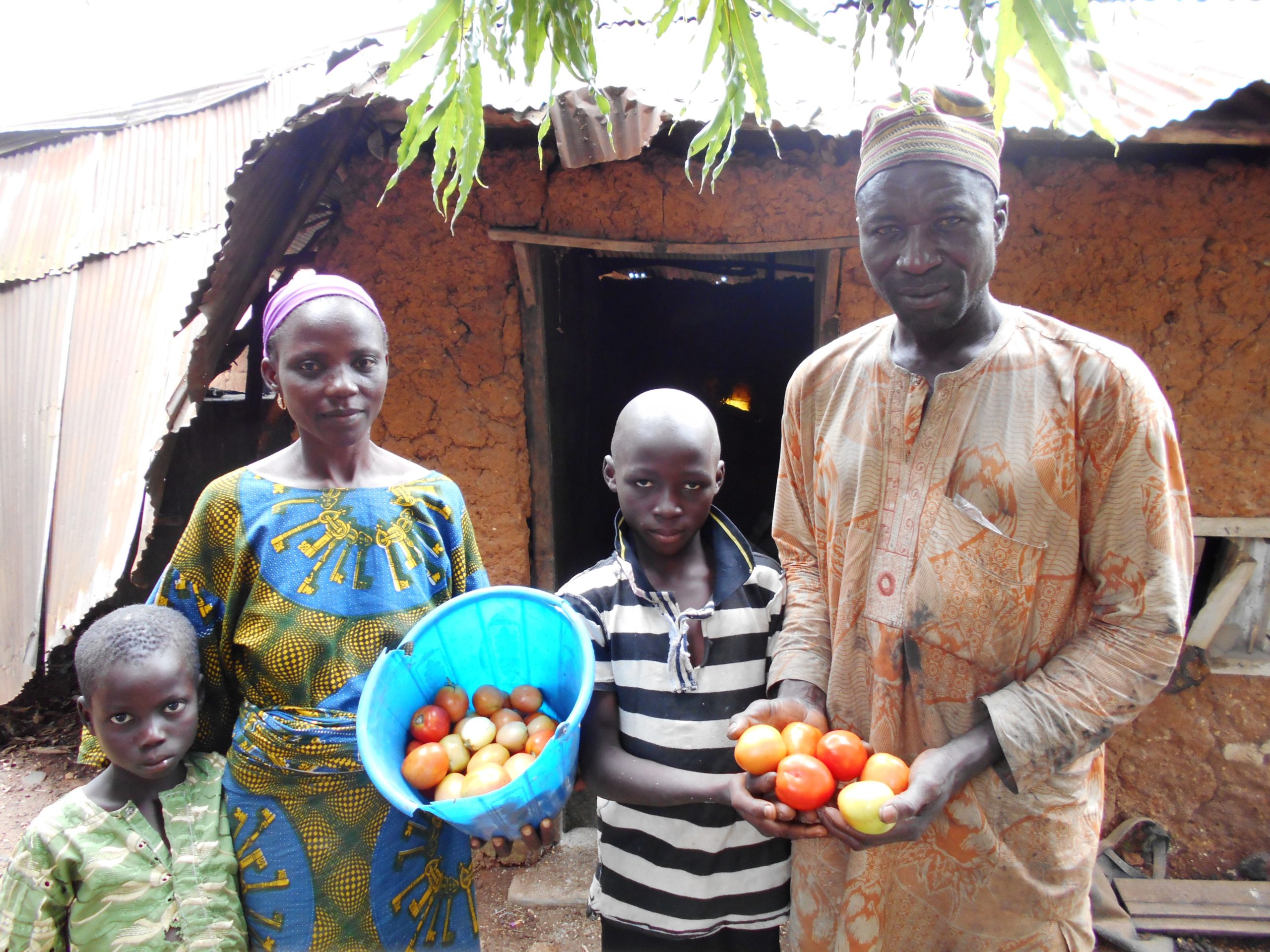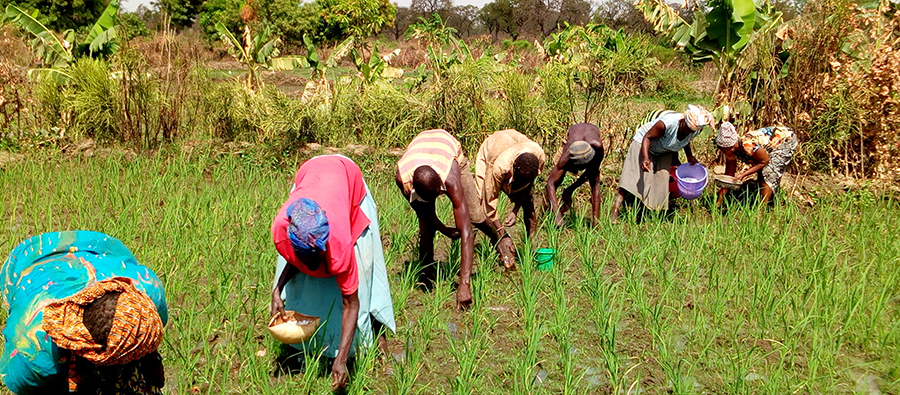Only healthy soils will be able to fulfil the Herculean task of growing the food our planet requires both now and in the future. In this guest post, Dr. J. Scott Angle, President and CEO of IFDC, discusses how the agroecological approach of Integrated Soil Fertility Management can build healthier soils and a healthier planet. This is the third installment of Farming First’s “Agroecology in Action” series, produced ahead of the Second International Symposium on Agroecology held by the FAO in Rome from 3-5th April 2018.
In the late eighties, the water quality and aquatic life of the Chesapeake Bay were under threat. As human activity and farming in the region had increased, so had its impacts on the local environment.
That is when a group of scientists, including myself, founded the Maryland Centre for Agroecology. Our mission then is how I would define agroecology now – creating a roadmap to help farmers be productive, while reducing their impact on the environment.
In the case of Chesapeake Bay, this relied a great deal on encouraging farmers to only apply nutrients from the right source, in the right place, at the right time and the right rate (known as the 4Rs of nutrient stewardship). This results in less cost for the farmer, less runoff into the environment, and also allows the plant to use the nutrients that are applied more effectively. Planting cover crops to absorb nutrients before they reach the bay has also gone a long way to solving this challenge.
Pleasing the Wizard and the Prophet
Agroecology seeks to merge two visions of farming: one that seeks to grow the right quantity and quality of food, with one that protects natural resources. These two visions can, and should be balanced to create approaches that can deliver on both objectives.
In Charles C. Mann’s bestselling book “The Wizard and the Prophet”, he personifies these two approaches as scientists Norman Borlaug, hailed as the man who saved a billion lives through his high yielding wheat variety, and William Vogt, the intellectual forefather of the environmental movement, who was fiercely cautious of using more than the environment had to give.
Although the book was unable to reconcile the perspectives of these two men, it is not only possible, but essential that we as global community are able to. We need to produce more food for our growing population – that is an undisputed fact. We will have ten billion people on the planet by 2050, but no additional land or water. So it is agriculture’s job to harness approaches from the environmental community, such as organic or conservation farming that can be integrated into more traditional agriculture.
Integrated Soil Fertility Management: When Organic Meets Mineral
A great example of this is Integrated Soil Fertility Management (ISFM), which relies on application of both organic and mineral fertilizer to achieve optimum soil health. Improving soil health so it can perform natural functions such as carbon capture and water retention is a cornerstone of agroecology. Organic fertilizer is incredibly important, as it is a natural source of nutrients and organic matter. Unfortunately, there is just not enough of it. To have enough manure to produce enough food for the growing population, we would need a great deal more animals on the planet, which have their own impact on the environment. Therefore, farmers should be encouraged to use all the organic matter that they can, and then supplement it with mineral fertilizers. This is Integrated Soil Fertility Management.
Mineral fertilizer can be more precise in directing nutrients to the plant. Custom blends can be produced that address the exact soil deficiencies in the region. They can be coated, to ensure that the nutrient is released slowly over time, in a way that allows the plant to absorb it effectively. They can be compacted into briquettes and placed deep near the roots, which also improves its efficiency.
Fertilizer is in fact responsible for 50 per cent of the food grown worldwide. In regions like Africa, where up to 60 per cent of soils are estimated to be degraded, it is possible to double, if not triple or quadruple yields through the judicious use of the right fertilizer.
But it is not only the crop that can be harvested and eaten or sold that benefits. Crops that have been nourished adequately also have a much larger root system. These are made from carbon dioxide that was pulled out of the atmosphere by the plant, and then incorporated into the soil as soil organic matter. It can be argued, therefore, that the proper use of fertilizer can actually become a solution to the problem of excess greenhouse gases, as it helps us capture carbon out of the atmosphere and tie it up in the soil. When soil has more organic matter, it has greater water holding capacity, it can store more micronutrients and supress disease, but crucially it is able to hold carbon in the soil for tens of thousands of years that would otherwise exist in the atmosphere and contribute to climate change.
It is very important to manage the application of these products appropriately. We would struggle to eliminate them completely, because we have to grow the food we need. The goal instead should be to use them in a way that maximizes their efficiency, which ISFM promotes.
Other ISFM strategies include crop rotation, legume introduction, and crop-livestock integration systems.
For Sunday Oyo, who has benefitted from our 2Scale project in Nigeria, the use of ISFM has unlocked much needed credit to expand his farming business. He gained access to hybrid seeds of tomato, and was educated on good agronomic practices such as trellising the tomatoes to avoid rotting. Thanks to a combination of fertilizers applied in the right quantities and in the right time and place, Sunday was able to quadruple his yields – a feat previously unthinkable.

Sunday Ojo and his family show off their produce.
Fertile and productive soils are vital components of stable societies, and ISFM strategies protect these. As one ancient Sanskrit text states, “Upon this handful of soil our survival depends. Husband it, and it will grow our food, our fuel and our shelter and surround us with beauty. Abuse it and the soil will collapse and die, taking humanity with it.” Our reliance on the soil is as strong today as it was then, and we need to adopt agroecological practices that will help us protect it for future generations that will rely on it too.
Further reading:

